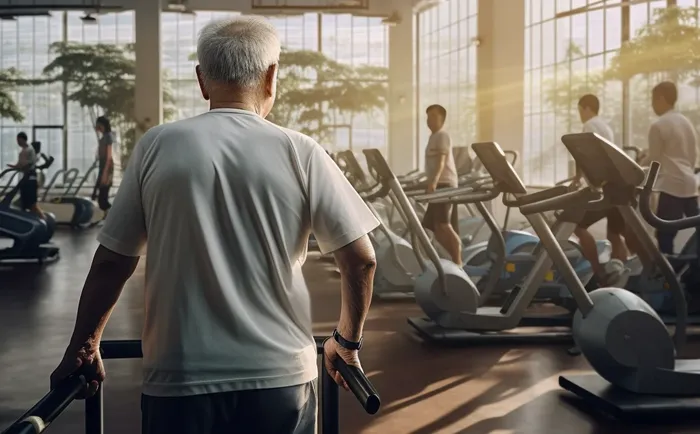Aging often comes with its set of challenges, such as thinning bones and reduced muscle mass. For seniors who carry extra weight, these issues can be exacerbated. Losing the excess weight may not be easy or safe for older adults. The reason for this is that obesity in seniors causes frailty, and weight loss can accelerate the loss of muscle and bone mass, further compounding the problem. However, recent research has discovered the best approach to weight loss for seniors that can help combat these challenges.
Exercise Programs: Finding the Perfect Balance
One way to maintain the elasticity in your muscles, protect your bones, and experience full range of motion, stability, and balance is by sticking to regular exercise routines and maintaining a healthy weight. Researchers have explored the effectiveness of introducing various exercise and strength training methods, along with dietary modifications, for older adults to reduce frailty and prevent the loss of muscle and bone mass.
In the study, researchers recruited 160 obese seniors and started with a diet-based weight management program. The participants were then divided into four groups: aerobic training; resistance training; combined aerobic and resistance training; or a control group with no exercise and weight management. The effectiveness of the interventions was measured based on the changes in the Physical Performance Test scores and the participants’ body composition, bone mineral density, and physical functions.
Combining Exercises for Better Results
The outcomes of the study indicated that participants who combined aerobic and resistance exercises experienced a 21% increase in their Physical Performance Test scores, which was a 7% increase compared to those who practiced either exercise type alone. When it came to strength enhancements, the combination exercise group noticed an 18% increase, while the resistance group saw a slightly higher increase at 19%. However, only doing aerobic exercise led to a much smaller strength improvement of 4%.
Notably, body weight dropped by 9% in all three exercise groups. More importantly, lean mass decreased at a slower rate in the combination group (3%) and in the resistance group (2%) compared to the aerobic group (5%). Similarly, bone mineral density in the hips declined less at 1% (combination) and 0.5% (resistance), compared to 3% (aerobic) group.
This study’s findings highlight that combining weight loss with aerobic and resistance exercises is most effective in improving the functional status of obese older adults.
Weight Loss for Seniors: Achieving Health and Balance
Weight loss for seniors isn’t as straightforward as it seems, and special considerations are necessary to ensure that health isn’t compromised in the process. The results of the study suggest that losing weight and building strength and endurance concurrently are essential to becoming or remaining fit and healthy. In other words, a comprehensive effort of weight loss through proper dieting, coupled with a combination of strength and aerobic exercises, can have a profound positive effect in losing weight and maintaining strength, balance, and overall health.
A healthy body ensures that seniors can enjoy life more by participating in activities they love without worrying about the impact on their physical health. By following a well-rounded fitness program, seniors can keep their bones, muscles, and overall health in check while managing their weight, leading to a better quality of life and reduced health risks.



